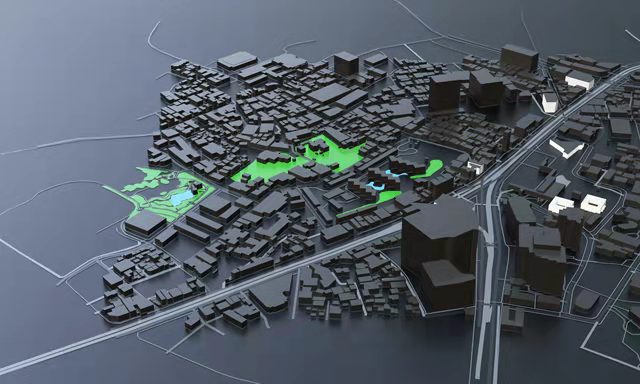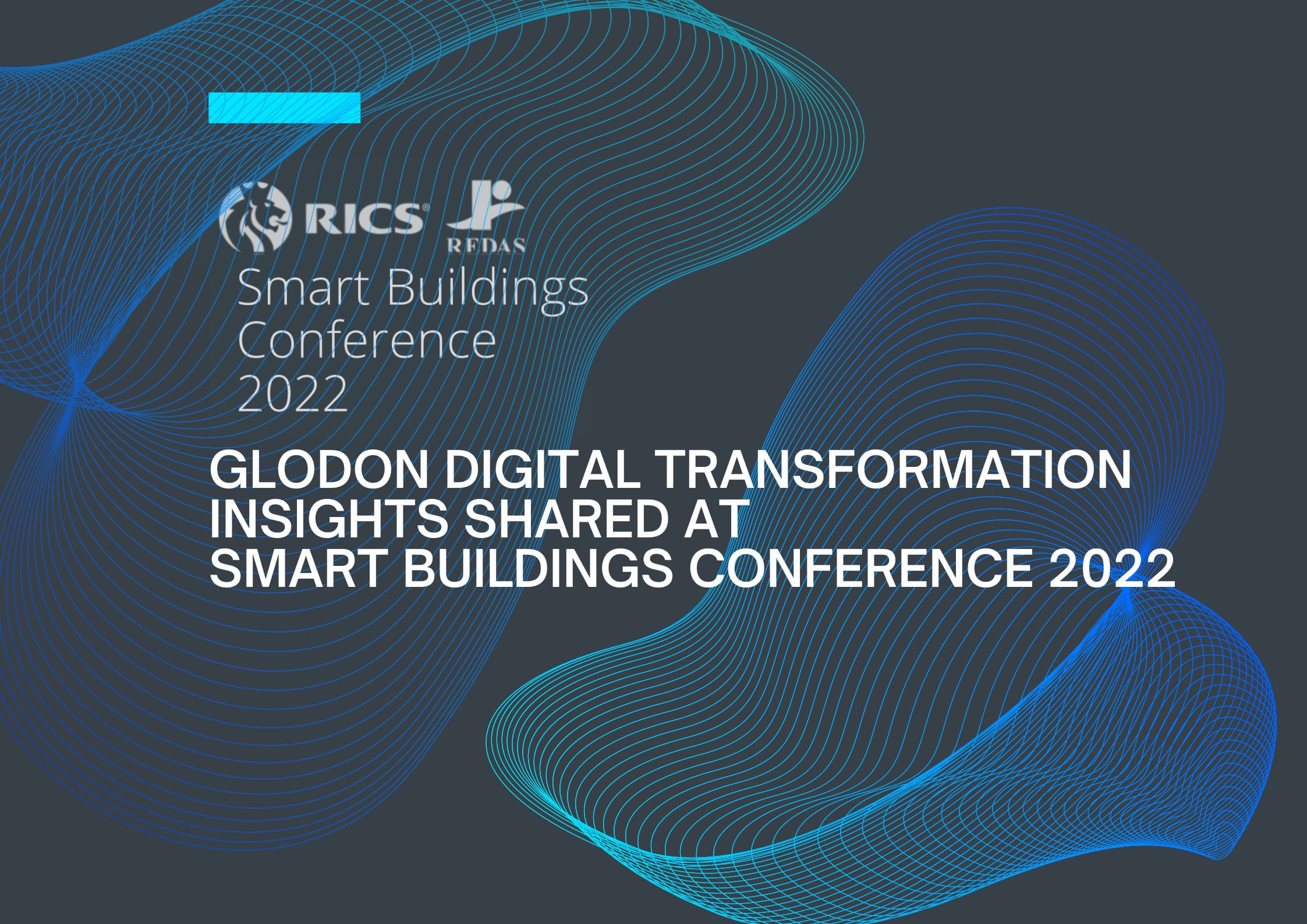Oct 19.2023
Elevating Construction Management of High-Rise Buildings Through BIM
Amidst the bustling Zhujiang New CBD in Guangzhou, stands the Guangzhou CTF Financial Center, a monumental project with a reinforced frame-cylinder structure. This skyscraper spans an impressive 26,000 square meters and reaches an astounding height of 530 meters, covering a construction area of 507,700 square meters.
However, the construction journey of the Guangzhou CTF Financial Center has posed numerous challenges. From consolidating and accessing project information to tracking progress and analysing costs, the project team faced a complex and demanding workload.
To overcome these obstacles, the team partnered with Glodon and embraced a collaborative approach, incorporating Building Information Modeling (BIM) technology. This strategic decision fostered technological innovation and elevated the standards of project management.
Creating Value with BIM
The integration of BIM yielded remarkable outcomes for the project, making it a game-changer in construction management. Firstly, through the use of BIM, the construction timeline was significantly shortened, leading to cost savings and enhanced efficiency. The project achieved an impressive 30-35% reduction in material wastage, surpassing industry benchmarks. These substantial cost savings were made possible through the comprehensive application of 5D BIM, which was pivotal in optimising project resources.
Furthermore, this project paved the way for groundbreaking innovation in China by successfully implementing the BIM + Project Management (PM) system. As a result, the project experienced a remarkable 20% reduction in communication meetings, resulting in improved communication and streamlined processes. Integrating BIM into construction simulations was particularly noteworthy, as it ensured the smooth execution of complex high-rise structural nodes and the seamless installation of large equipment, effectively addressing critical technical challenges.
The project also made significant strides in establishing a comprehensive database for high-rise construction in China by integrating BIM. This milestone provided a practical BIM implementation strategy and laid the foundation for the company to accumulate and transfer knowledge, enabling the replication of success in future projects.
Key BIM Applications
Data Integration of Detailed Design Models
Recognising the inherent challenge of managing vast amounts of project information, traditional methods struggled to organise and retrieve data efficiently. Glodon's BIM system was crucial in integrating specialised models into a unified and comprehensive BIM model to address this. This seamless integration became the centrepiece of a cohesive data management platform for BIM-based project management.
Specialised Deepening and Technical Management
Given the project's complexity, traditional approaches to design coordination and technical briefings proved inefficient. By collaborating on BIM model deepening and clash detection, the project team generated over 300 optimisation suggestions, reducing the need for process changes. Leveraging the visual capabilities of BIM streamlined technical briefings, enhancing overall technical management.
Optimised Project Schedule
The project incorporated schedule planning with BIM models to track project progress. This integration resulted in a holistic progress control process encompassing target setting, simulation optimisation, tracking presentation, and analysis adjustment. Real-time tracking and early warning mechanisms accelerated the project timeline by an impressive 60 days, leading to estimated cost savings exceeding 12 million RMB.
Systematic Contract Management
With numerous stakeholders involved, consolidating contract information and conducting rapid queries posed considerable challenges. However, the project team gained real-time insights into total and sub-contract revenue and expenses through contract implementation tracking, with quick access to contract texts. Using BIM models for multidimensional quantity queries facilitated cost control throughout the project's lifecycle, ensuring dynamic cost analysis.
Cost Management with BIM Models
The extensive scope of the project necessitated extensive cost analysis, which traditional methods struggled to deliver proactively. To address this, cost information was seamlessly integrated with BIM models. The BIM project management system automated quantity and amount reports based on the schedule plan, allowing for total and sub-contract settlements within the BIM system. Automated cost accounting generated budget, income, and expense comparisons, providing invaluable insights into project cost status and enabling timely adjustments and control.
The Guangzhou CTF Financial Center project is a testament to the transformative power of BIM technology in construction management. It exemplifies remarkable cost savings, enhanced management capabilities, technological advancements, data accumulation, and improved project outcomes. This case underscores the immense potential of BIM in navigating complex challenges, optimising construction processes for high-rise structures, and reshaping the future of construction management.













